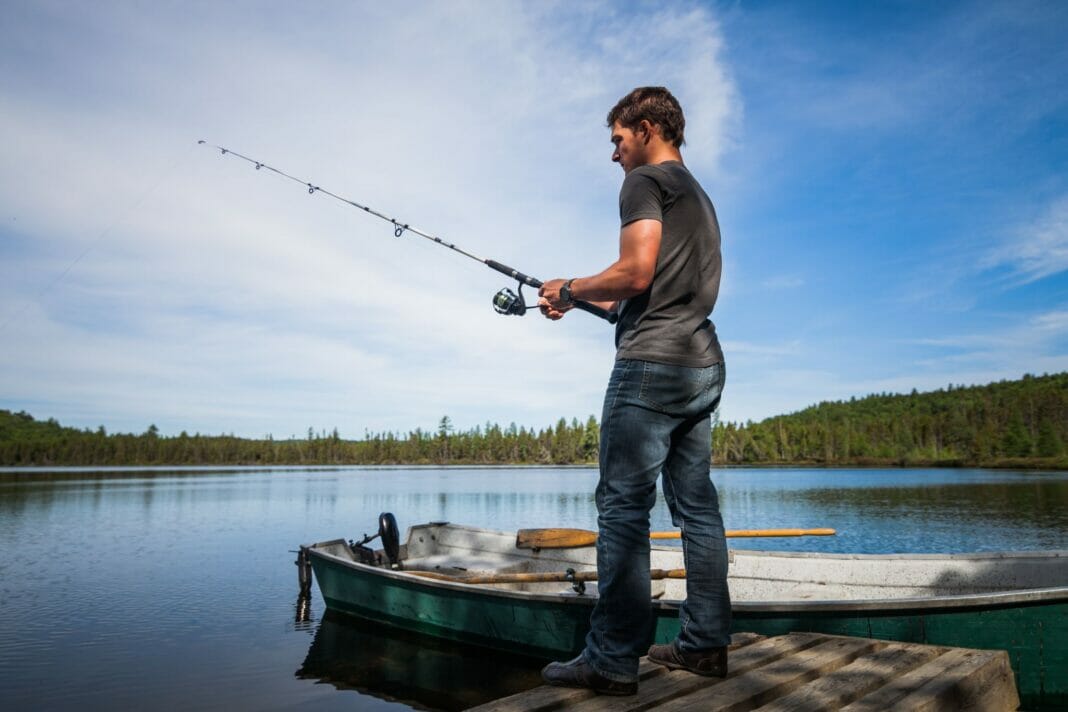Becoming a successful freshwater angler involves learning the basics of fishing and understanding the various freshwater fishing tips and techniques. This article will discuss some crucial tips, techniques, and strategies to help you improve your freshwater angling skills.
Choosing the Right Gear
Rods and Reels
Selecting the appropriate rod and reel for your intended target species is crucial. For freshwater fishing, spinning rods and reels tend to be the most popular choices, as they are easy to use and versatile. Consider the following factors when choosing a rod and reel:
- Length: Shorter rods provide better accuracy while longer rods allow for longer casting distance.
- Power: Choose a rod with the appropriate power (light, medium, heavy) based on the size and strength of the fish you are targeting.
- Action: Fast action rods bend near the tip and are sensitive, while slow action rods bend near the middle and are more powerful.
Line Type and Weight
There are three main types of fishing lines: monofilament, fluorocarbon, and braided. Monofilament is the most common choice for freshwater fishing, as it offers a perfect blend of stretch, resistance, and buoyancy.
Choose a line weight appropriate for the size and species of fish you are targeting. A 4-8 lb test line is suitable for small fish like panfish and trout, while a 10-20 lb test line is suitable for larger fish like bass and catfish.
Terminal Tackle
- Hooks: Select hooks based on your target species and the size of the bait being used. Smaller hooks work well with smaller baits, while larger hooks are more appropriate for larger baits and fish.
- Sinkers: Useful for adding weight to your line and improving casting distance. Split shot, bullet, and egg sinkers are popular choices for freshwater fishing.
- Swivels: Prevent line twisting and improve bait presentation. Barrel and ball-bearing swivels are commonly used.
- Bobbers: Floats that keep your bait at a specific depth and provide visual cues for bites. Round and slip bobbers are popular options.
Bait and Lure Selection
Natural Baits
Natural baits are extremely effective for freshwater fishing. Some popular natural bait options include:
- Nightcrawlers and worms
- Minnows and small fish
- Crickets and grasshoppers
- Leeches
- Crayfish
Artificial Lures
Artificial lures mimic natural prey and can be productive for various freshwater species, such as bass, trout, and panfish. Some popular artificial lure options include:
- Spinners
- Crankbaits
- Topwater lures (poppers, frogs, and buzzbaits)
- Soft plastic baits (worms, grubs, and swimbaits)
- Jigs
Freshwater Fishing Techniques
Casting
Mastering various casting techniques will improve your chances of reaching the fish.
- Overhead cast: Most common and versatile casting technique that works with most lures.
- Sidearm cast: Allows for lower, more parallel casting, particularly useful around obstacles or under low-hanging trees.
- Roll cast: A technique used primarily in fly fishing for a smooth, fluid cast with minimal backcast space required.
Drifting
Drifting enables your bait to move along with currents, offering a more natural presentation.
- Free drifting: Drift your bait freely without any bobbers or additional weight.
- Float drifting: Use a bobber to keep your bait at a consistent depth while drifting.
Trolling
Trolling involves pulling your bait or lure behind a moving boat, and it is an effective technique for covering vast areas and targeting fish in deeper water.
Timing and Location
Fishing during optimal conditions and identifying productive locations are crucial factors in successful freshwater angling.
Weather
Fish tend to be more active during overcast and rainy conditions, making it a great time for fishing. Conversely, sunny days can lead fish to seek cover in shaded and deeper areas.
Time of Day
Fish are generally more active during early morning and late afternoon, making these ideal times for freshwater fishing.
Fish Habitat
Locate structure and cover, such as submerged trees, weed beds, drop-offs, or rocky outcrops, as these tend to hold fish. Familiarize yourself with the specific habitat preferences of the fish species you target.
By incorporating these freshwater fishing tips and techniques, any angler can improve their skills and success on the water. Practice patience and persistence, and remember that every day spent fishing provides valuable learning experiences.


